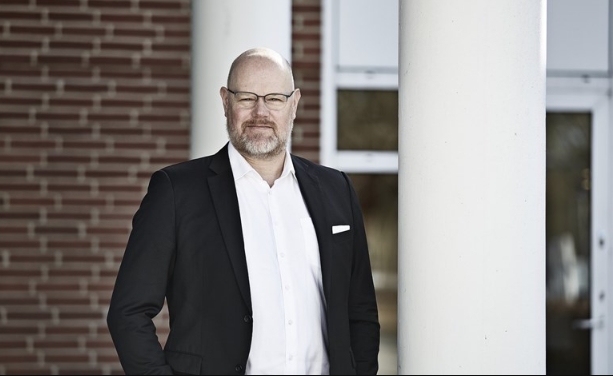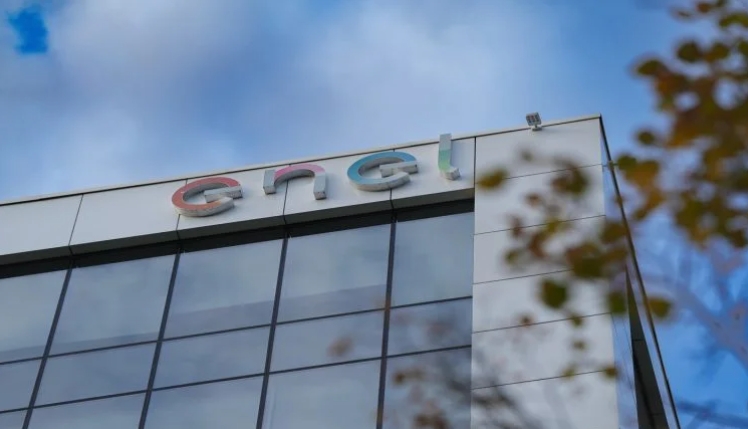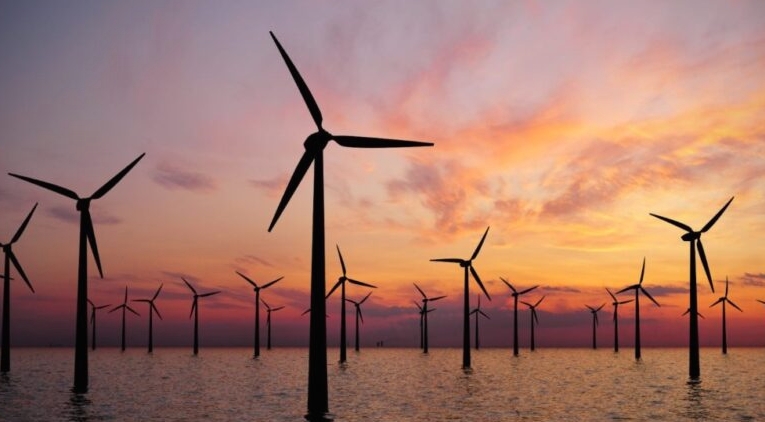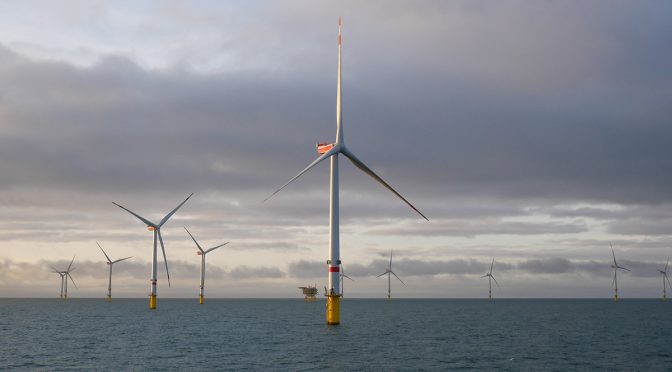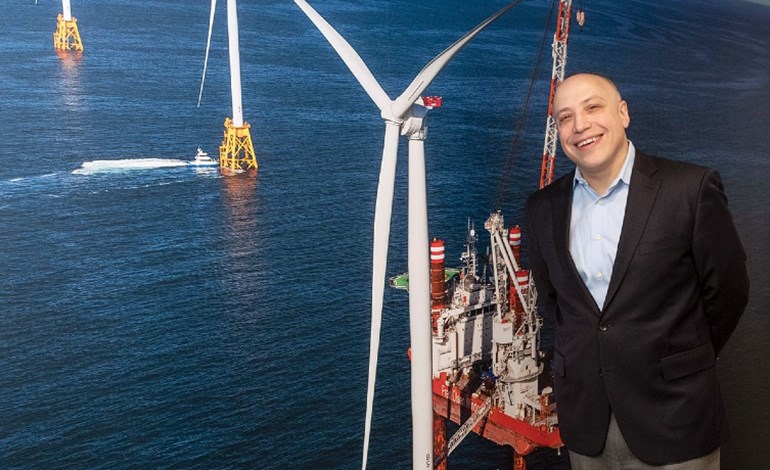Germany also shut down the Philippsburg nuclear plant on Tuesday, part of that country’s planned phase-out of nuclear power by year-end 2022. The plant’s operating license was set to expire at midnight Central European Time on Tuesday.
The Al-Ittihad newspaper on Dec. 31 said one unit of the $24.4 billion Barakah plant in the UAE will enter commercial operation in the first quarter of 2020, and testing on a second reactor is set to begin soon, according to information from the Emirates Nuclear Energy Corp. (ENEC). The ENEC has said it is nearing issuance of an operating license for the first reactor.
ENEC told the paper: “This will mark the start of the operational phase of peaceful nuclear energy in the Arab world.” The Barakah plant, operated by Nawah Energy Co. and built by Korea Electric Power Corp. (KEPCO), would be the world’s largest in terms of generation capacity when complete, with its four South Korea-supplied APR-1400 reactors totaling 5,600 MW of capacity.
The contract for the plant was awarded in late 2009. Start-up of the plant has previously been delayed by a lack of trained local staff to operate the facility.
Ringhals 1 Also Set for Closure
Swedish news agency TT on Monday said Vattenfall, the Swedish state-owned utility group, and German utility Uniper finalized the permanent closure of the 852-MW Ringhals 2 reactor. The two groups had said in 2015 they planned to close the unit, citing rising maintenance costs and profitability concerns.
“It’s clear that there’s a bit of a sad feeling at the moment,” Lars Bjornkvist, project manager overseeing the Ringhals 2 closure, told TT on Monday. The plant is located about 40 miles south of Goteborg, the nation’s second-largest city.
Vattenfall and Uniper also have said they will shut down the Ringhals 1 reactor by year-end 2020. The other two units at Ringhals are expected to remain in service for at least another 20 to 30 years. Unit 4 was named a POWER Top Plant in 2017.
Vattenfall had planned to operate Units 1 and 2 until 2025, but in September 2015 said investment in the units would end after 2017, resulting in savings of about $200 million. The company at the time said it planned to invest about $100 million to make upgrades to Units 3 and 4 to keep those reactors operating.
